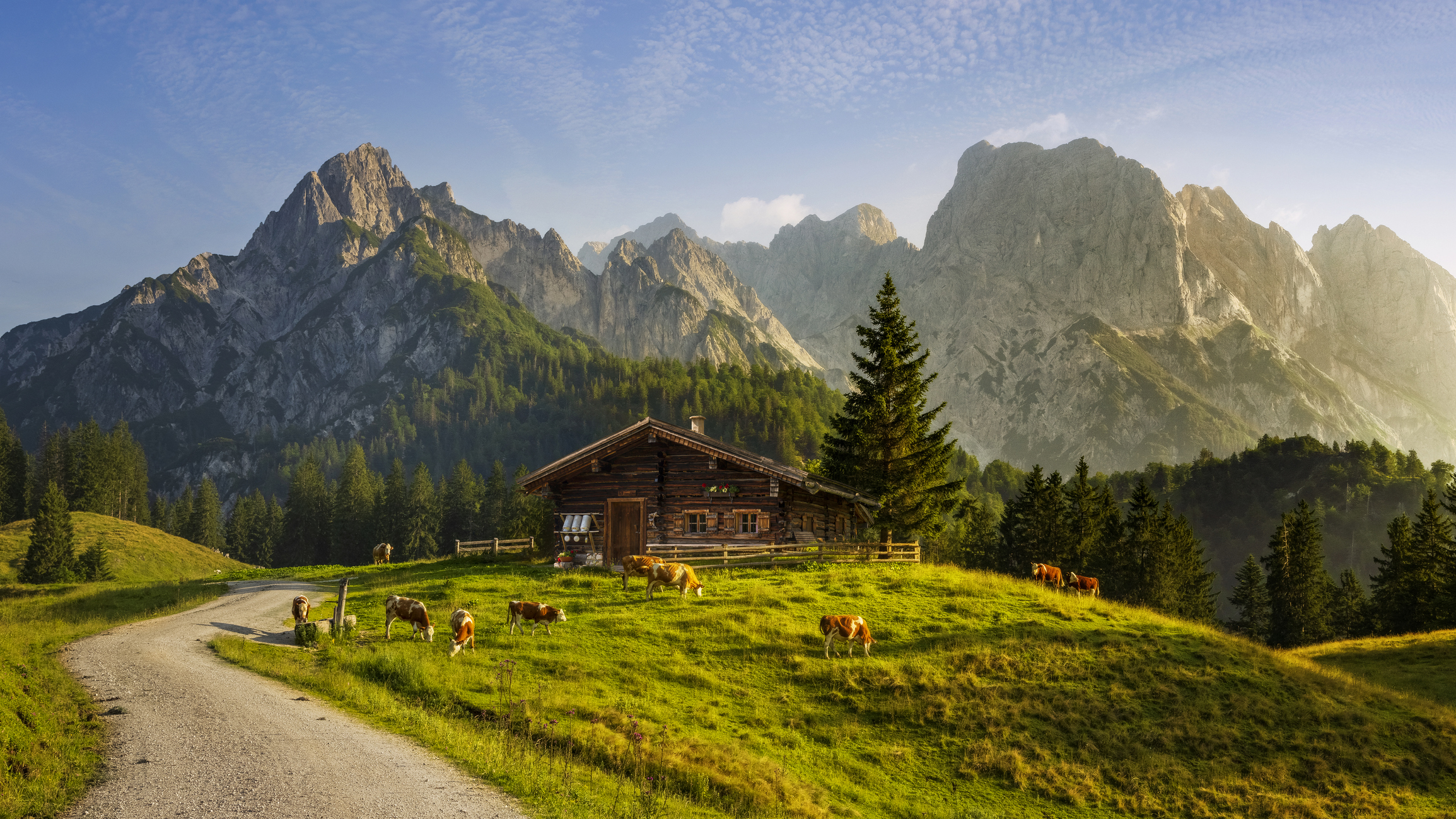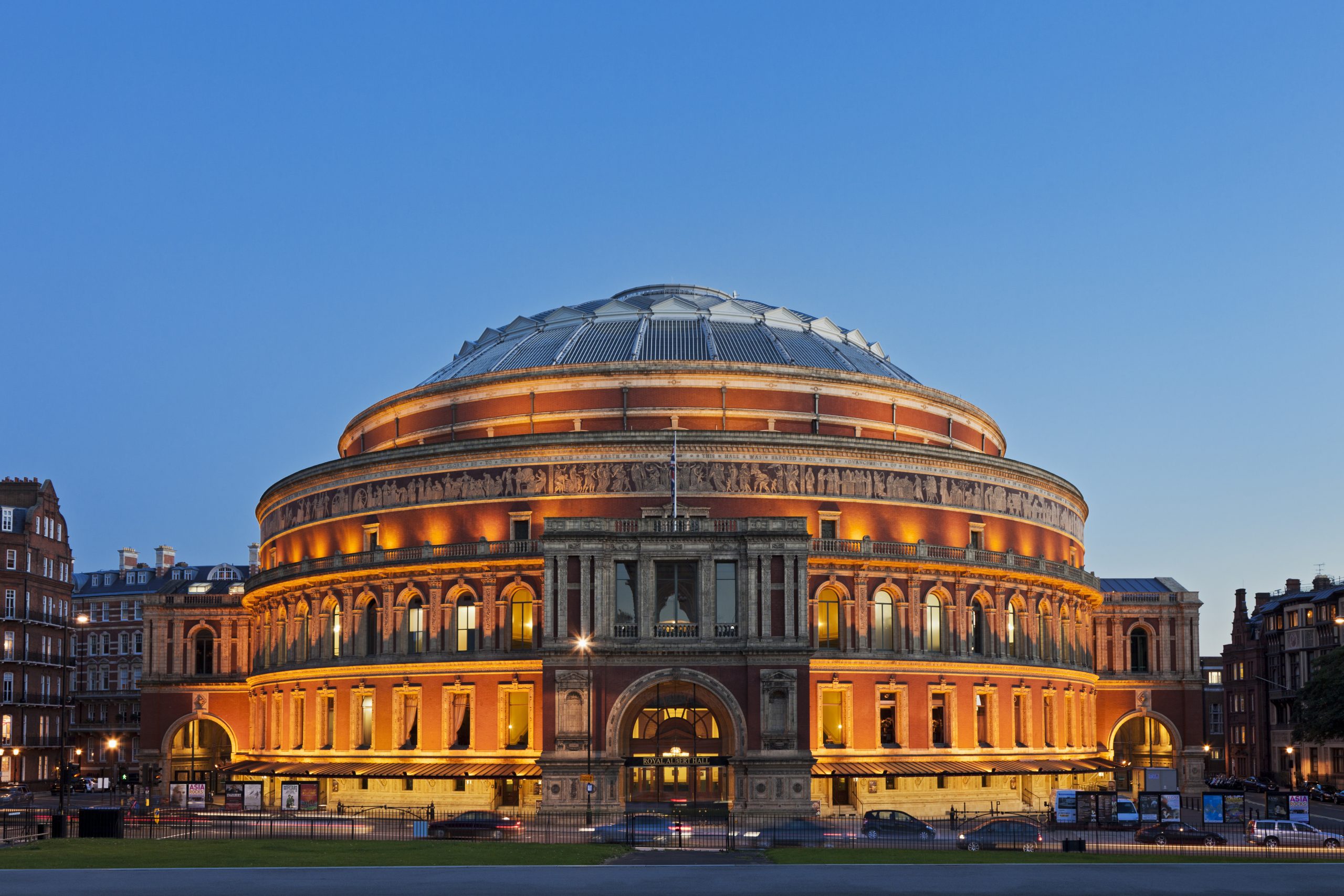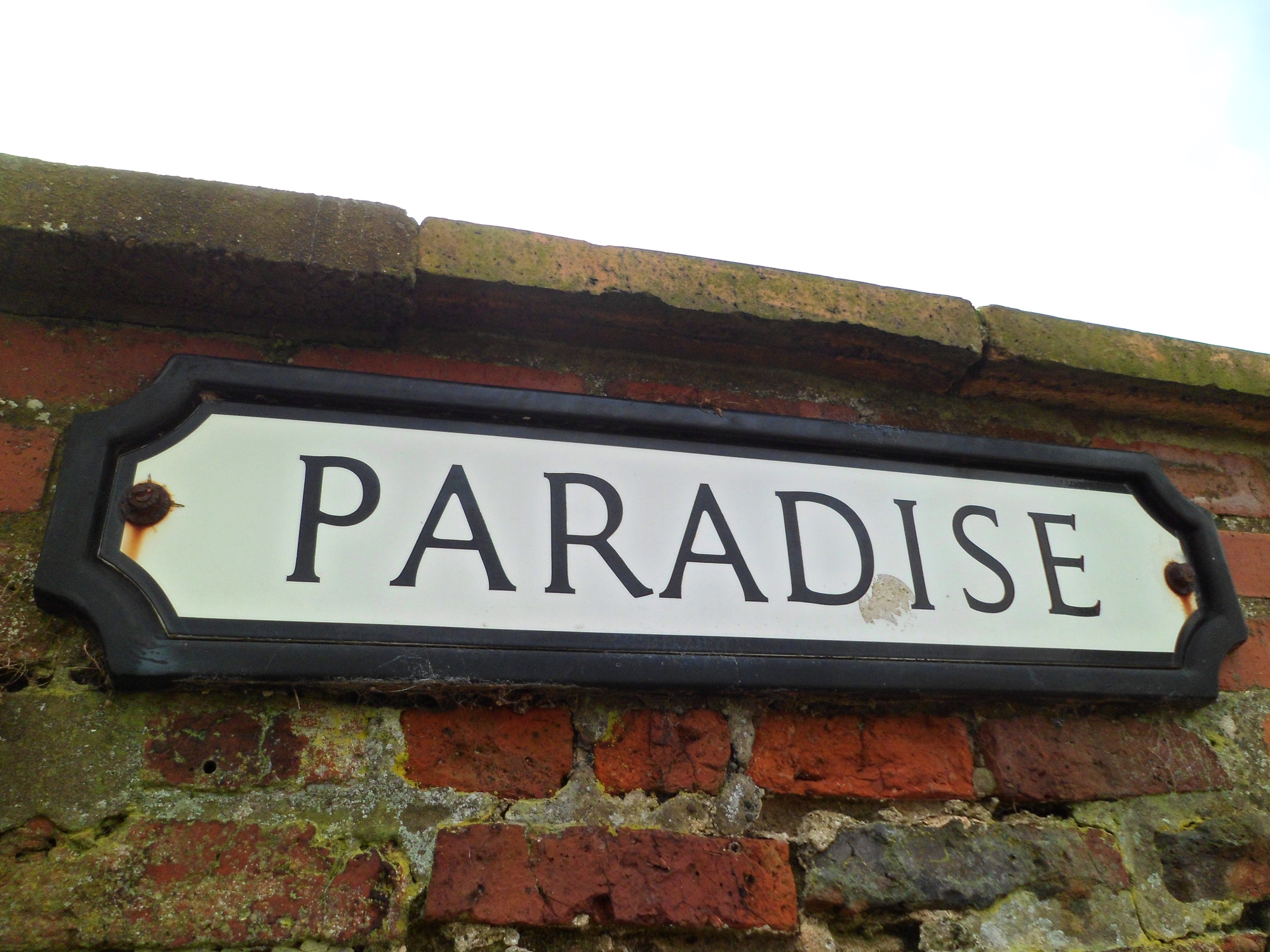The type of property whose prices are still soaring, plus everything else you need to know in the property market this week
The top-performing ski resorts revealed, the premiums buyers are prepared to pay to live close to one of London’s top landmarks, plus what the King’s Speech means for the housing market: Annabel Dixon runs through what you need to know in the world of bricks and mortar.


Had a busy week? We know the feeling. So we’ve cherry picked six property-related things that have hit the news in recent days for you.
Ski chalet values continue to climb
For most of us, the prospect of owning a home in one of the world’s top mountain resorts is pretty remote (or should we make that, completely out of reach?). But say, for argument’s sake, you were in the Alpine market, you could be sitting pretty.
And that’s because the price of a luxury ski chalet has increased by 4.4% in the year to June 2023. That is the strongest growth since 2014, with the exception of the pandemic years, according to Knight Frank’s Ski Property Report 2024.
The Swiss resorts are leading the way for the second year running. Klosters took the top spot, with a staggering 15.7% increase in property values. It was followed by Davos (12.6%), and Andermatt (9.3%). A ‘severe’ lack of property and infrastructure improvements in these German-speaking resorts are pushing prices up, says Knight Frank. Nendaz (8.3%) and St Moritz (7.2%), also in Switzerland, made it into the top five too.
Chamonix (6.8%) retained its crown as the top-performing resort in the French Alps, coming in sixth place.
‘The pandemic-induced Alpine mini boom is ending with a fizzle rather than a bang, as limited supply keeps a floor under prices in most markets,’ says Kate Everett-Allen, head of global residential research at Knight Frank. ‘Across three key French resorts, listings are down 56% on average compared to before the pandemic and this is set against a backdrop of robust demand.’
The London landmarks where homes command the biggest premiums
Ever wondered what you’d have to fork out to live within walking distance of your favourite London landmark? Well you’re about to find out…
Sign up for the Country Life Newsletter
Exquisite houses, the beauty of Nature, and how to get the most from your life, straight to your inbox.
Foxtons looked at how house prices near 20 of the capital’s most famous landmarks compared with property values in their wider boroughs.
The Tower of London topped the charts, with house prices surrounding the UNESCO World Heritage Site a whopping 222% higher than the wider borough of Tower Hamlets. Homes in the EC2N postcode have a typical price tag of £1.53m.
In second place, homes near The Shard and Shakespeare’s Globe Theatre are 177% higher than the wider borough of Southwark.
Meanwhile, the Royal Albert Hall ranks third, with house prices in the SW7 postcode 93% higher than the wider Westminster borough. With an average house price of £1.8m, homes near the Royal Albert Hall are also the most expensive of all 20 landmarks.

The 'most popular road names' unveiled
Now for some research that sheds light on the most popular roads to live on — and you don’t need to be Albert Einstein to guess at least one or two of them correctly.
Yopa ranked the most popular road names for house buyers in England and Wales. And the winner? It’s ‘High street’, the road name you'll find in pretty much every town and city in Britain (and probably many of the villages too).
Station Road is the second most popular street name so far this year — see the pattern emerging? — while Church Road comes in third. Other road names in the top 10 include Church Street, Park Road, Church Lane, Victoria Road, and Main Road.
In other words, the 'most popular road names' list that Yopa has produced is pretty much a carbon copy of the most common road names in Britain. The problem is that they based their research purely on sales volumes — so we're not quite sure what that really proves, other than that there are lots of roads with these names.
Still, the CEO of Yopa, Verona Frankish, doubles down looking for meaning here: 'Most towns are centred around a high street and a train station, while historically, churches also played a key role in society,' she says. 'As a result, it’s a safe bet that roads named as such will benefit from central locations, an abundance of amenities and good transport links.'
All fair enough — but we can't help wishing they'd been a little more creative in how they'd run this research. Who wouldn't want to literally live in Paradise?

Property prices increase for first time since March, reveals Halifax
UK house prices rose by 1.1% in October, bringing to an end a run of six monthly falls. According to Halifax, the average house price stands at £281,974, up £3,000 on last month. Values are down by 3.2% on an annual basis.
Halifax Mortgages director, Kim Kinnaird, says: ‘Prospective sellers appear to be taking a cautious attitude, leading to a low supply of homes for sale. This is likely to have strengthened prices in the short-term, rather than prices being driven by buyer demand, which remains weak overall.’
House prices remain under pressure, says RICS
There wasn’t much cheer over at the Royal Institution of Chartered Surveyors (RICS). Its latest monthly sentiment survey, a well-respected temperature check of the housing market, ‘portrays an overall subdued market with house prices continuing to dwindle’. Still, although prices continue to fall, the pace of decline appears to be steadying, it adds.
‘Plenty of caution remains evident with respect to both buyer and seller activity across the UK housing market,’ says RICS Senior Economist, Tarrant Parsons.
The King’s Speech pledges housing reform
And finally, you can’t have missed all the pomp and ceremony this week of the first King’s Speech in over 70 years. At the State Opening of Parliament, King Charles III outlined the government’s plans for the months ahead. These include bringing forward a bill to make it cheaper and easier for leaseholders to buy their freehold and tackling ‘punitive service charges’.
The monarch’s speech also touched on reforming the rental market. Renters are set to benefit from ‘stronger security of tenure and better value, while landlords will benefit from reforms to provide certainty that they can regain their properties when needed’, he said.
-
 Designer's Room: A solid oak French kitchen that's been cleverly engineered to last
Designer's Room: A solid oak French kitchen that's been cleverly engineered to lastKitchen and joinery specialist Artichoke had several clever tricks to deal with the fact that natural wood expands and contracts.
By Amelia Thorpe Published
-
 Chocolate eggs, bunnies and the Resurrection: Country Life Quiz of the Day, April 18, 2025
Chocolate eggs, bunnies and the Resurrection: Country Life Quiz of the Day, April 18, 2025Friday's quiz is an Easter special.
By James Fisher Published
-
 Hidden excellence in a £7.5 million north London home
Hidden excellence in a £7.5 million north London homeBehind the traditional façades of Provost Road, you will find something very special.
By James Fisher Published
-
 Sip tea and laugh at your neighbours in this seaside Norfolk home with a watchtower
Sip tea and laugh at your neighbours in this seaside Norfolk home with a watchtowerOn Cliff Hill in Gorleston, one home is taller than all the others. It could be yours.
By James Fisher Published
-
 A Grecian masterpiece that might be one of the nation's finest homes comes up for sale in Kent
A Grecian masterpiece that might be one of the nation's finest homes comes up for sale in KentGrade I-listed Holwood House sits in 40 acres of private parkland just 15 miles from central London. It is spectacular.
By Penny Churchill Published
-
 Some of the finest landscapes in the North of England with a 12-bedroom home attached
Some of the finest landscapes in the North of England with a 12-bedroom home attachedUpper House in Derbyshire shows why the Kinder landscape was worth fighting for.
By James Fisher Published
-
 Could Gruber's Antiques from Paddington 2 be your new Notting Hill home?
Could Gruber's Antiques from Paddington 2 be your new Notting Hill home?It was the home of Mr Gruber and his antiques in the film, but in the real world, Alice's Antiques could be yours.
By James Fisher Published
-
 What should 1.5 million new homes look like?
What should 1.5 million new homes look like?The King's recent visit to Nansledan with the Prime Minister gives us a clue as to Labour's plans, but what are the benefits of traditional architecture? And can they solve a housing crisis?
By Lucy Denton Published
-
 Welcome to the modern party barn, where disco balls are 'non-negotiable'
Welcome to the modern party barn, where disco balls are 'non-negotiable'A party barn is the ultimate good-time utopia, devoid of the toil of a home gym or the practicalities of a home office. Modern efforts are a world away from the draughty, hay-bales-and-a-hi-fi set-up of yesteryear.
By Madeleine Silver Published
-
 Five beautiful homes, from a barn conversion to an island treasure, as seen in Country Life
Five beautiful homes, from a barn conversion to an island treasure, as seen in Country LifeOur pick of the best homes to come to the market via Country Life in recent days include a wonderful thatched home in Devon and a charming red-brick house with gardens that run down to the water's edge.
By Toby Keel Published
